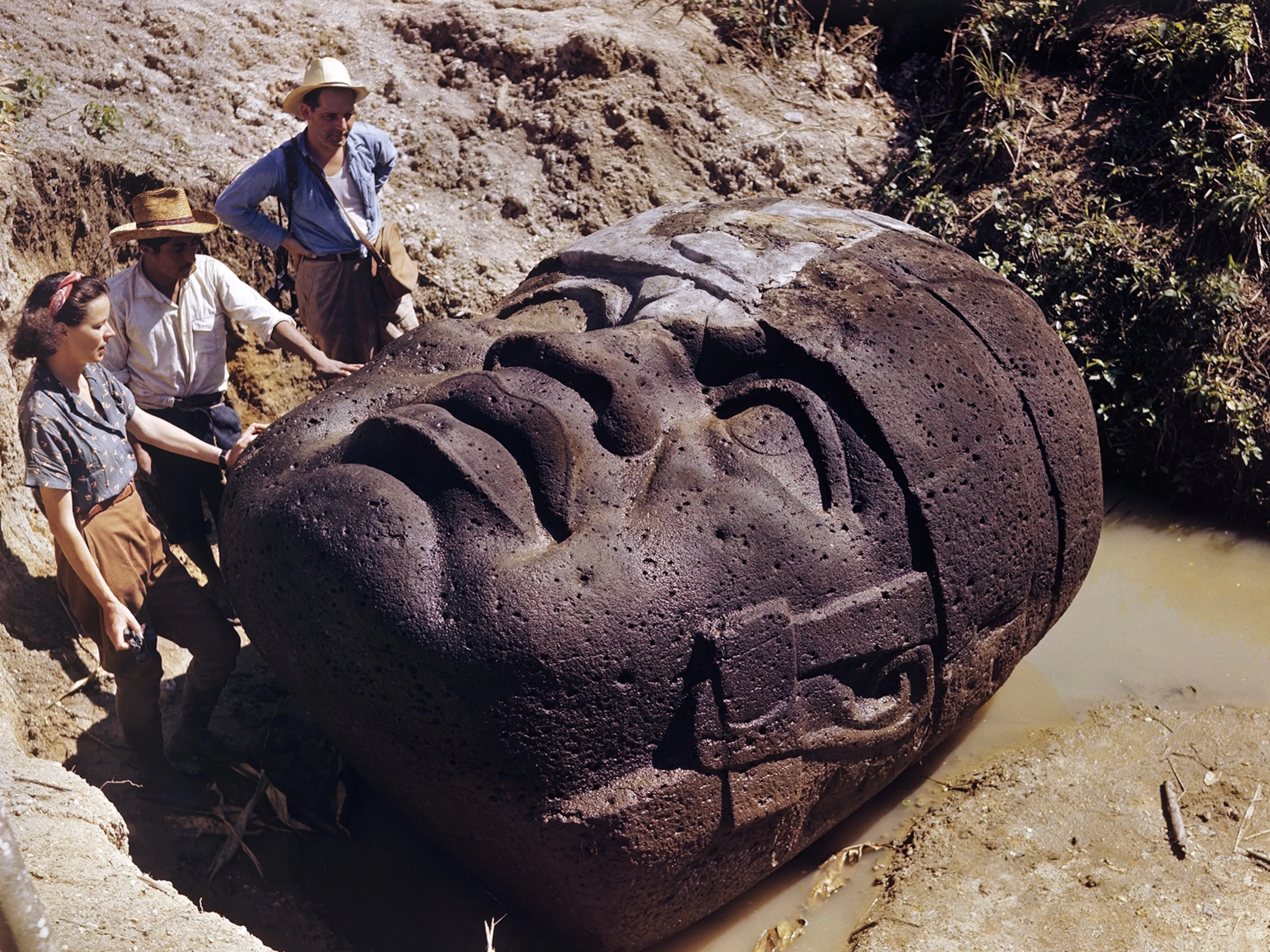Moving 50-Tonne Heads: Ancient Ingenuity Unveiled
The Enigma of the Mysterious Giant Heads
The colossal heads depicted in the photo weigh approximately 50 tonnes each—equivalent to the mass of four fully equipped Eurofighter jets. These monumental sculptures were transported from their quarry, located over 150 kilometers away, to their current locations. Dating back between 3,000 and 4,000 years, or potentially even older, these giant heads remain shrouded in mystery due to the absence of precise historical records.

Discovered in the tropical regions of Mexico, these heads are attributed to the Olmec civilization, one of the earliest known Mesoamerican cultures. The challenge of understanding how these massive objects were transported through dense jungle terrain, devoid of roads or pathways, baffles archaeologists. According to current historical reconstructions, the Olmecs lacked both iron tools and the wheel. This raises profound questions: How did they extract such colossal rocks from the quarry? How were these enormous stones shaped? And most intriguingly, how were they transported?
As archaeological research progresses, it becomes increasingly apparent that ancient peoples had remarkable methods for moving enormous weights. In Central America, the Olmecs managed to move 50-tonne heads. Across the Pacific, the submerged city of Nan Madol features 50-tonne blocks elevated ten meters above the sea. In Egypt, granite blocks weighing up to 80 tonnes were lifted to a height of 60 meters. And in Baalbek, Lebanon, there are even larger monoliths weighing an astonishing 1,650 tonnes.

These findings suggest that there are still significant gaps in our understanding of ancient technologies and capabilities. The sheer scale of these achievements implies that there is much more to discover about the ingenuity of our ancestors and their ability to manipulate colossal materials with precision and skill.






